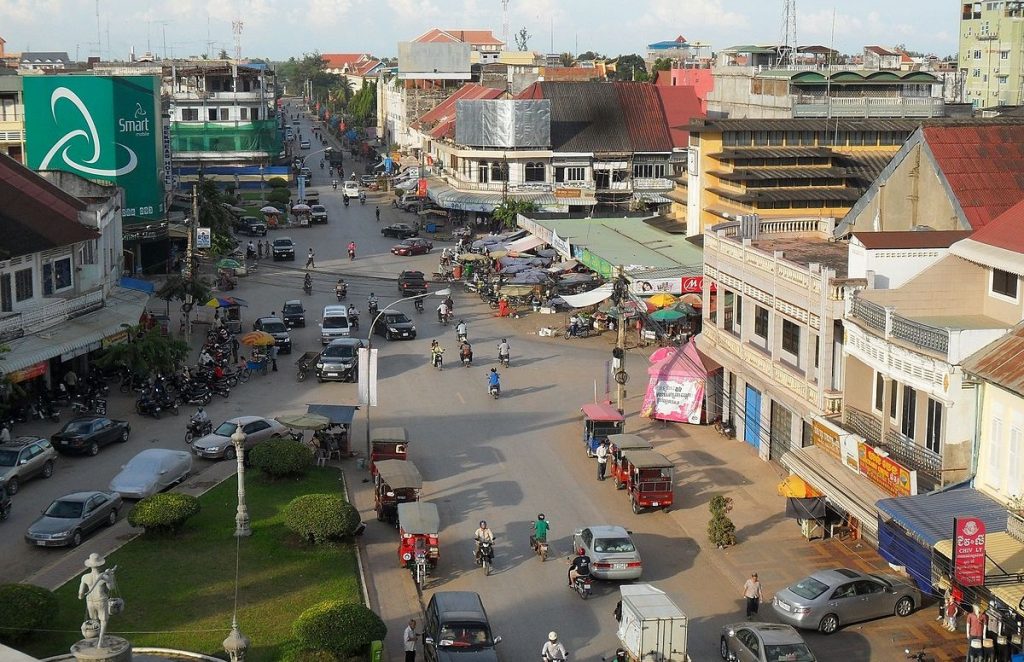The Geography of Cambodia
Written by iHeartKhmer, December 14, 2022
Cambodia, also known as Kampuchea, is located in Southeast Asia. On the North side it is bordered by Laos, and Thailand borders its Northwestern side, while to its South and Southeast side it is bordered by Vietnam. Its Southwest side is the coastline to the Gulf of Siam and Thailand. The country has a total land area of 176,519 square kilometers (68,154 square miles). The capital of Cambodia is Phnom Penh.
Cambodia is traditionally divided into provinces, districts, municipalities, communes, villages, quarters, and groups. Cambodia is divided into twenty-four provinces. Each province has their own capital and is further divided into districts and municipalities. In the entire country there are one hundred and fifty-nine districts and twenty six municipalities. Municipalities simply consist of multiple quarters, while districts consist of multiple quarters and communes. Communes are made up with multiple villages, which is the most basic area in communes. Quarters divide into villages, which then divide into groups.

Cambodia’s terrain is mostly low, flat plains, although, there are three mountains along North and West borders. Along the Thailand border there is the Dângrêk Mountains; along the coastline there are the Cardomom Mountains and the Elephant Mountains. There is also a lake just north of the capital, Lake Tonle Sap. On the east side of the country runs the Mekong River.
The climate tends to vary upon season. May to November is considered the tropical or monsoon season, it is very rainy. During this season monsoonal rains and floods impose as hazards to citizens. From December to April is a very dry season, and citizens may experience droughts. The temperature range is very nice with an average of 27 degrees Celsius and the lowest temperature about 16 degrees Celsius. The humidity can reach up to 90 percent in the tropical season.
An interesting, devastating fact about the Cambodian history is that for four years it was ruled by a tyrannical communist government, called Khmer Rouge. During their reign is when the Cambodian Genocide was performed. Cambodia lost about twenty percent of its population from executions, starvation, and injuries and illnesses.
When Khmer Rouge ruled Columbia, they abolished the traditional divisions and established seven geographical zones. They were simply the Northwest, the North, the Northeast, the East, the Southwest, the West, and the Center. Once Khmer Rouge was fought out of Cambodia in 1979, the traditional divisions were put in place once again.
While Khmer Rouge tried to use the Cambodian plains for crop (they forced the living population to work on labor farms), Cambodia is not a particularly good place for crops due to its extreme climate. There is no median; it would always be either too dry or too wet. Cambodians permanent land usage for crops is zero percent.
Cambodia is great for other resources though, like oil, gas, timber, gemstones, iron ore, manganese, phosphates, and because of all the water resources, it has great hydropower potential. Sixty six percent of the land usage is reserved for forests and woodland.

Discuss about: The Geography of Cambodia
You must be logged in to post a comment.